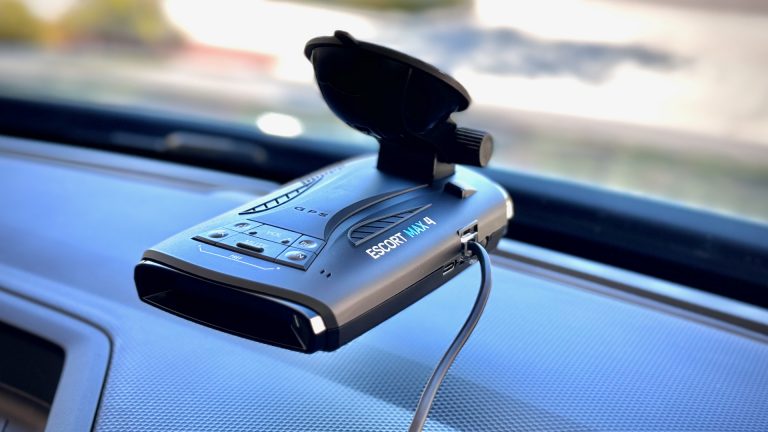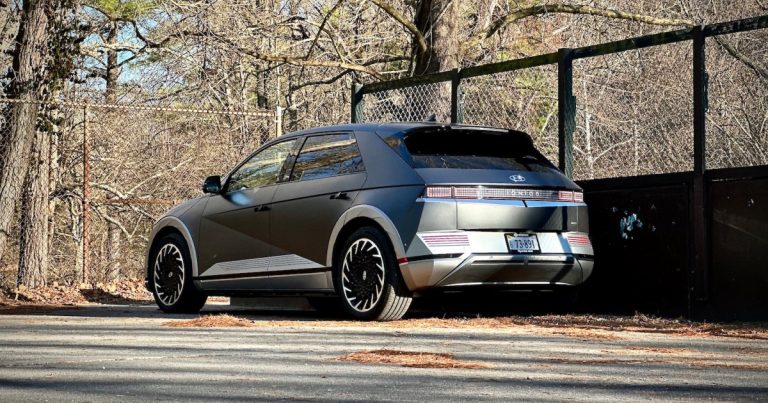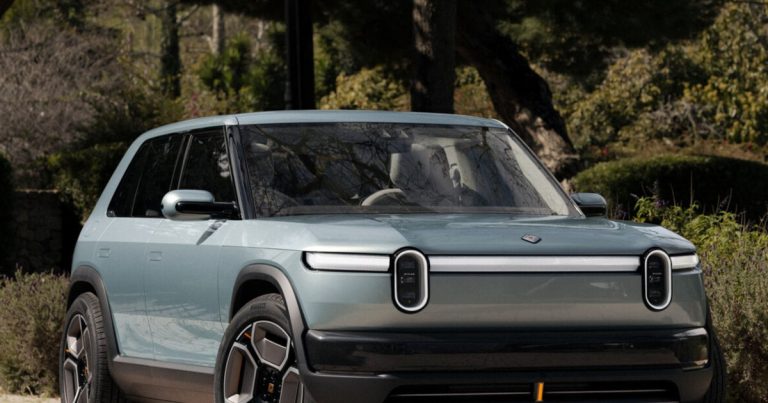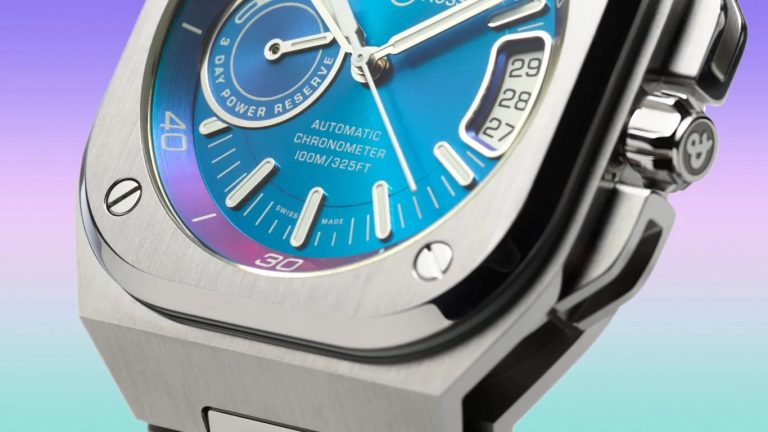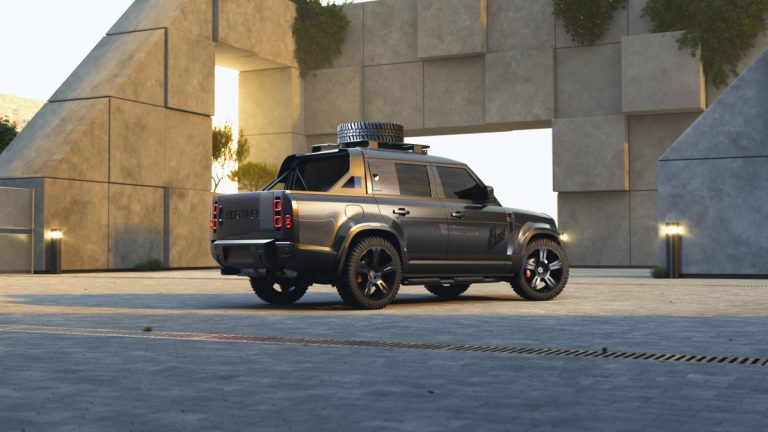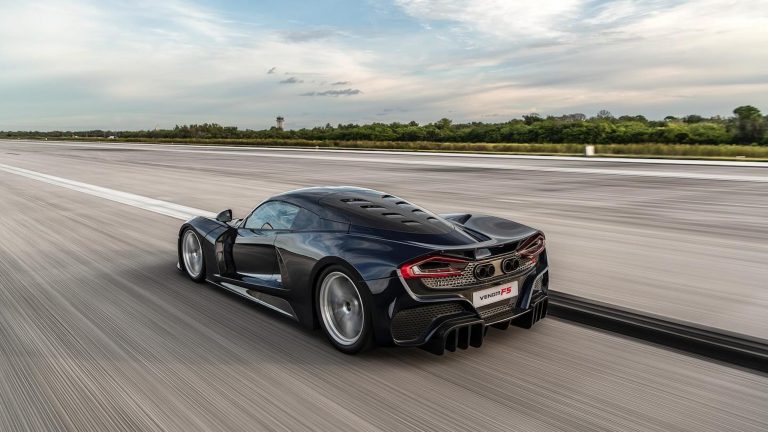California Police Crackdown on Teslas as Unreliable Patrol Cars Unleash Chaos on High-Speed Chases
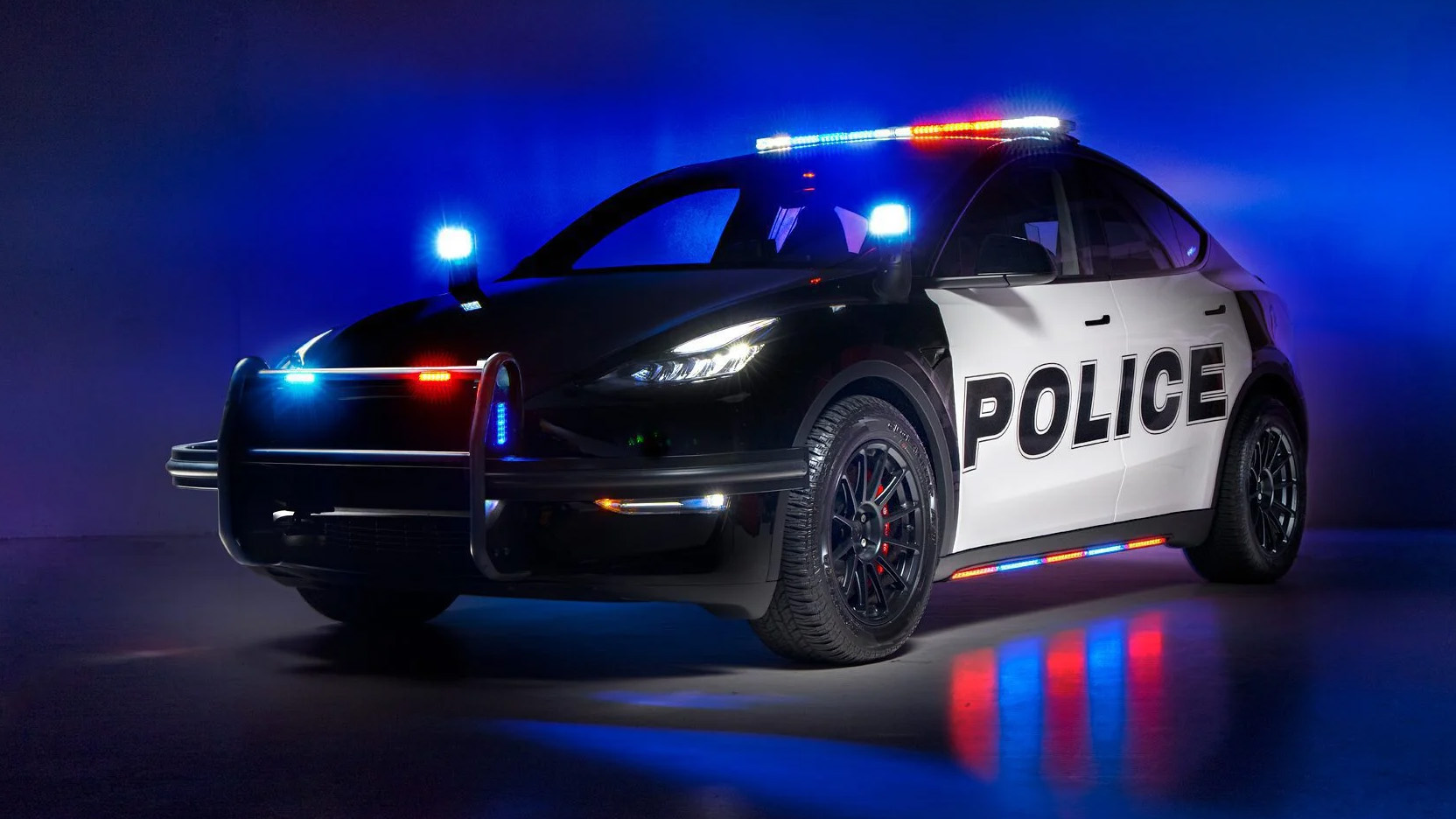
California’s Electric Shift: Can Tesla Patrol Cars Really Cut the Mustard?
In 2020, California governor Gavin Newsom signed a bill banning the sale of new gasoline-powered cars by 2035. However, it’s not all smooth sailing for Tesla in the world of law enforcement. Several high-ranking officials from police departments in Northern California have spoken out about their less-than-stellar experiences with Tesla’s electric vehicles as patrol cars.
One such story comes from the Ukiah Police Department, which purchased two Tesla Model 3 sedans, which cost around $150,000, including modifications. According to Chief Cedric Crook, the outfit responsible for converting the sedans into patrol cars, Unplugged Performance, took months to complete the task. Crook expressed concerns about the Model 3’s design, stating that it’s not well-suited for police duty. He noted that some officers have trouble getting in and out of the vehicle while wearing their duty belt, and the back seat is too small to carry more than one prisoner. Moreover, he worries about the driving range, saying that waiting for a charge at a Supercharger station with a prisoner in the back doesn’t sit well with him.
Faults and Issues with Tesla’s EVs
It’s not just the Ukiah Police Department that’s had issues with Tesla’s electric vehicles. Chief David Norris of the Menlo Park Police Department had a similar experience, ordering three Tesla Model Y crossovers, which were designed about six miles away from Menlo Park in Palo Alto. His officers reported similar issues, citing small interior space, "smart car" features, and low vehicle profile, which limits maneuverability, such as jumping curbs and off-road use.
Interestingly, the officers who tested the Model Ys also reported that Autopilot sometimes malfunctioned, turning off the car when pulling over to the side of the road. They also criticized the user interface, which relies almost exclusively on the touchscreen.
Fort Bragg’s Positive Experience with Ford F-150 Lightning
Not all is lost for electric vehicles in law enforcement, however. Chief Neil Cervenka of the Fort Bragg Police Department has had a successful experience with five Ford F-150 Lightning trucks, which he’s purchased since 2022. With a frunk and bed, the truck doesn’t have the same limitations as the Tesla, allowing Cervenka to store gear and haul heavy loads. He attributes the switch to EVs to cost-effectiveness and expects his fleet to be all-electric by 2027.
A Bright Future for EVs in Law Enforcement?
While it’s clear that Tesla’s electric vehicles have challenges ahead, the market will likely change significantly between now and 2035, when California’s police departments are forced to go electric. Tesla could potentially launch a purpose-designed patrol car, making the switch more feasible. However, one of Crook’s concerns about hiding behind an engine block in a firefight, which is impossible in an electric vehicle, seems relatively easy to address with a bulletproof frunk or alternative solutions.
Got tips? Send ’em to [email protected]

